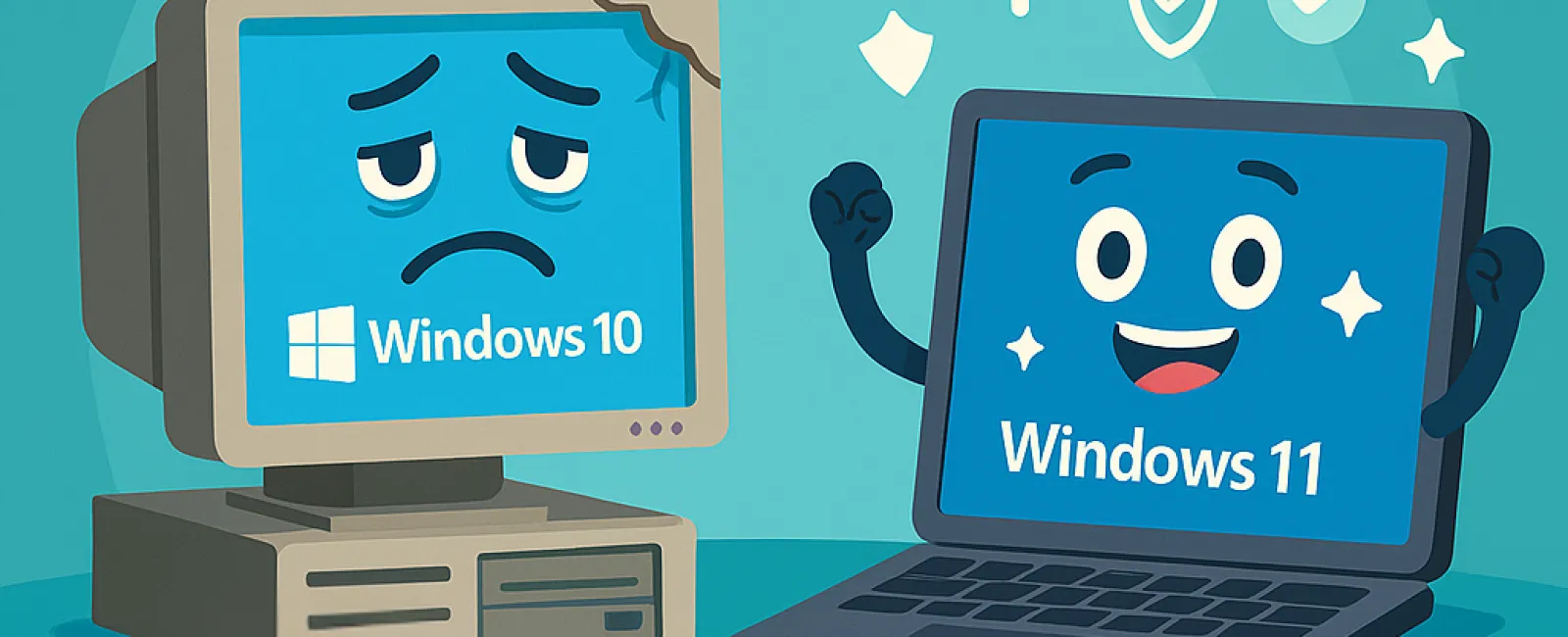September 22, 2025
Holding onto outdated technology to save money might seem smart, but in reality, it often drains your business's resources through lost productivity, hidden costs, and increased security risks. Upgrading your hardware and software is essential to keep your operations running efficiently and safely.
Understanding the True Expense
Outmoded technology affects your business in multiple costly ways. Older systems tend to perform sluggishly, slowing down your team and reducing overall output. Moreover, hardware failures can lead to unexpected downtime, disrupting your timelines and deliverables.
Security is another critical concern. Legacy software and devices no longer receive vital security updates, leaving your data vulnerable to cyberattacks. Hackers exploit these weaknesses to gain unauthorized access. Staying current with the latest updates is crucial not just for protection but also to maintain compliance with industry regulations.
Recognizing When It's Time to Upgrade
Keep an eye out for these warning signs signaling the need for technological renewal:
1. Operating on Windows 10 or Older
Support for Windows 10 will end by October 2025, which means security patches will stop. Using it past this date exposes your business to cybersecurity threats and compliance failures. Proactively plan your upgrade to Windows 11 to safeguard your operations.
2. Recurring IT Issues
Constant system crashes, freezes, or slowdowns are clear signs that your technology is outdated. These persistent problems frustrate your staff and seriously hinder productivity.
3. Incompatible Software
Legacy applications often fail to integrate with modern mobile or cloud-based tools, limiting your ability to innovate, serve clients efficiently, and grow your business.
4. Devices Impeding Workflow
If computers take forever to start up or frequently freeze during important tasks like video calls, they're dragging down your entire workflow. Devices older than three to five years should be reviewed for performance and energy efficiency to prevent productivity losses and excessive energy use.
5. Outdated Security Protocols
Security tools such as firewalls and antivirus software that haven't been updated in years leave your data exposed to evolving cyber threats. Up-to-date defenses are vital to prevent ransomware and other attacks.
Worried that upgrading your technology is too expensive? Think again. The hidden costs of sticking with slow and obsolete systems—lost time, security vulnerabilities, and patchwork fixes—often outweigh replacement expenses. There are smart, affordable upgrade options tailored to keep your business running smoothly without stretching your budget.
We're Here to Support You
If you want expert guidance to smoothly transition to new technology and stay ahead of obsolescence, contact our team to schedule a FREE 15-Minute Discovery Call. In this brief consultation, we'll outline the best next steps to ensure your business remains secure, efficient, and cost-effective. Reach out by calling 702-896-7207 or click here.



